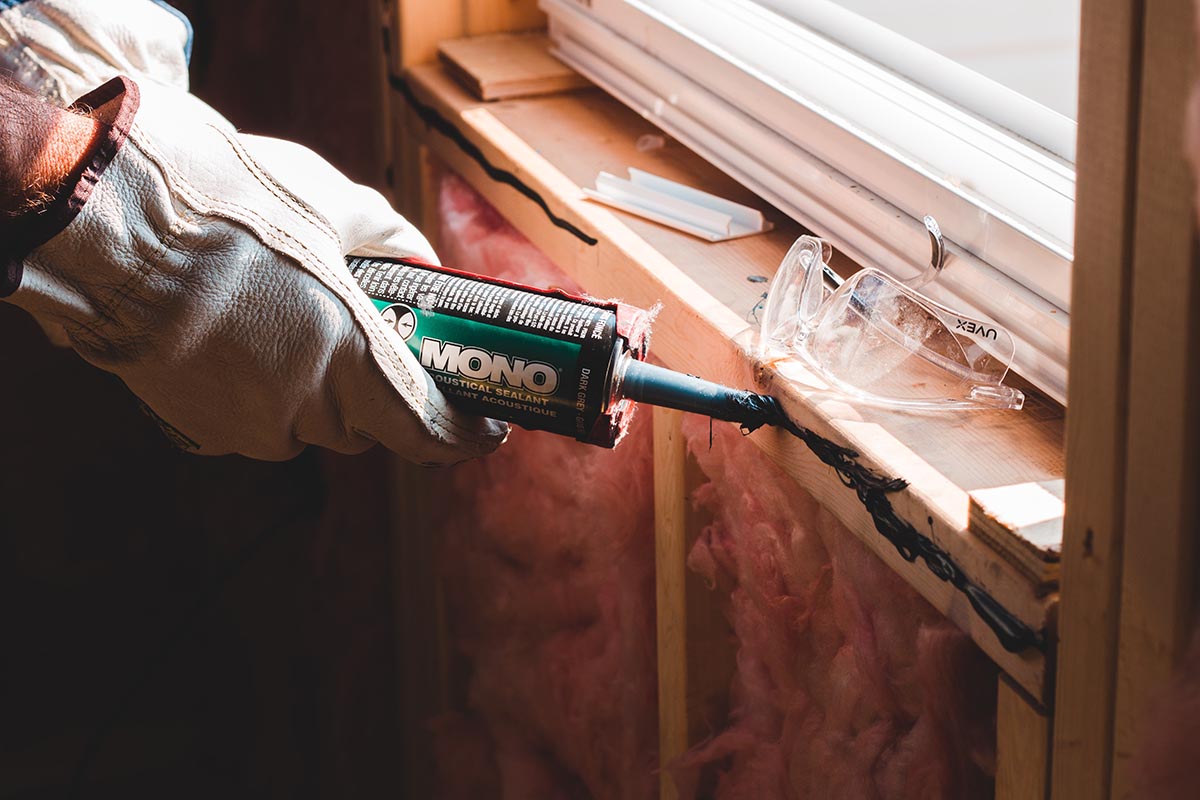Old Houses Renovations and the Risk of Asbestos Exposure
Anyone who appreciates a useful antique can understand the nostalgic appeal of investing in an older home especially those with antique fireplaces. It’s the perfect opportunity to tackle a few DIY renovations to give the place the personal touch you’ve always imagined.
Although this can seem like an exciting endeavor, new owners may get ahead themselves without realizing that in their efforts to upgrade and beautify their older homes, they might unknowingly contaminate the air they breathe with harmful asbestos fibers.
Should I Buy a House With Asbestos?
Until the 1980s, many types of building products and insulation materials used in homes contained asbestos – the name given to several naturally occurring, fibrous silicate minerals mined for their useful properties such as thermal and electrical insulation, wear and friction characteristics, tensile strength, and adsorption capacity. If you own, or are looking to buy, a pre-1980s home and are planning a demolition or renovation, you’ll need to understand the hazards of asbestos.
If you’ve found your dream home, but you’ve also found out it contains asbestos, that doesn’t have to be an absolute deal-breaker. There’s a chance that the asbestos-containing materials are in good condition and are unlikely to be disturbed or damaged, which means the risk of exposure is limited.
Fast Facts About Asbestos
- If your home was built in the 1990s and early 2000s, asbestos is very unlikely to have been used;
- If it’s left alone and in good condition, generally, it won’t be a problem as it cannot release fibers into the air;
- It’s often only upon construction, remodeling, or renovation that these materials are tampered with and end up releasing large amounts of minerals into the air of the home;
- When being cut, drilled, sanded, or processed in any other destructive way, asbestos may produce dust containing sharp, needle-like fibers that, when inhaled, can enter deep into a person’s lungs, where they may eventually lodge into the tissue;
- Asbestos fibers remain in the human body once they are inhaled or ingested due to their sharp, needle-like nature;
- Once lodged in the lung tissue, these fibers can cause several serious diseases, such as asbestosis – deep scarring of the lungs that make breathing difficult;
- It could take decades before the symptoms related to asbestos exposure appear;
- Asbestos can be removed safely by a team of licensed professionals.
What Does Asbestos Look Like and How Can I Tell if My Home Has Asbestos?
The fact is that most homeowners don’t know what asbestos looks like and how to identify it to keep themselves safe from exposure. The appearance of asbestos can vary based on what it was originally used for; for example, asbestos sprayed coatings found on the underside of roofs, ceilings, walls, beams, and columns as insulation and fire protection basically look like sprayed fire extinguisher foam. Asbestos sprayed coating is considered one of the most dangerous asbestos materials because it tends to have a high fiber release risk when they wear down with age.
To further clarify what asbestos looks like, let’s look at the most widely used types of asbestos fibers. The most commonly encountered form of asbestos, and accounting for more than 90 percent of asbestos found in U.S. buildings, chrysotile asbestos fibers are white in color, with curly fibers that wrap around themselves. Tremolite fibers can range in color from milky white to dark green. Although not used commercially, tremolite asbestos may be found only as a contaminant in various old building materials and consumer products. Straight, needle-like amosite fibers – once widely used in many asbestos-containing products – may have colors ranging from very pale yellow to light brown if you are in any doubt or have concerns about asbestos in your home, arrange for an asbestos survey to be carried out for you.
Where Might Asbestos Be Found in Your Home?
Of the homes built during the above-mentioned period of time, asbestos was used in an extensive list of housing products and materials, including:
- Steam pipes, boilers, and furnace ducts insulated with asbestos-containing tapes and wraps;
- Heating and cooling ducts;
- Floor tiles and tile adhesives;
- Vinyl, carpet, and tile underlay;
- Roofing and siding shingles;
- Concrete formwork;
- Window putty;
- Artificial brick cladding;
- Millboard used as insulation and fire protection around heating elements;
- Chimneys, fireplaces, and ornamental logs;
- Door gaskets in furnaces and wood stoves;
- Textured paints, decorative ceiling coatings;
- Patching and joint compounds for walls and ceilings;
Old Houses Renovations: What Homeowners Should and Shouldn’t Do When Asbestos May Be Present
If you plan to do any DIY work on or around any materials that you think may contain asbestos in your home, care should be taken to prevent the release of fibers from asbestos as they can cause severe damage to your health. Asbestos safety do’s and don’ts:
- Do treat it with care;
- Do wear disposable clothing and an appropriate respirator;
- Do leave external doors and windows open to maximize ventilation;
- Do thoroughly wet down the material before you start and regularly during the work by lightly spraying surfaces with water;
- Do clearly label the packages ‘ASBESTOS WASTE’ using a permanent marker pen;
- Don’t drill, sand, saw, or disturb any asbestos-containing materials which are in good condition;
- Don’t dust, sweep or vacuum materials that may contain asbestos;
- Don’t attempt to remove asbestos-based textured coatings, like Artex, from ceilings or walls;
- Don’t try to sand, level, or remove asbestos flooring; In many cases, the best thing to do about asbestos-containing flooring is to remove it or to install new flooring over it;
- Don’t dispose of asbestos waste in a domestic garbage bin.
About the author:
Treven Pyles is an administrative director at Environmental Litigation Group, P.C., a law firm based in Birmingham, Alabama, focused on helping those who struggle with cancer and other asbestos-related diseases and their families to obtain financial recoveries.





















